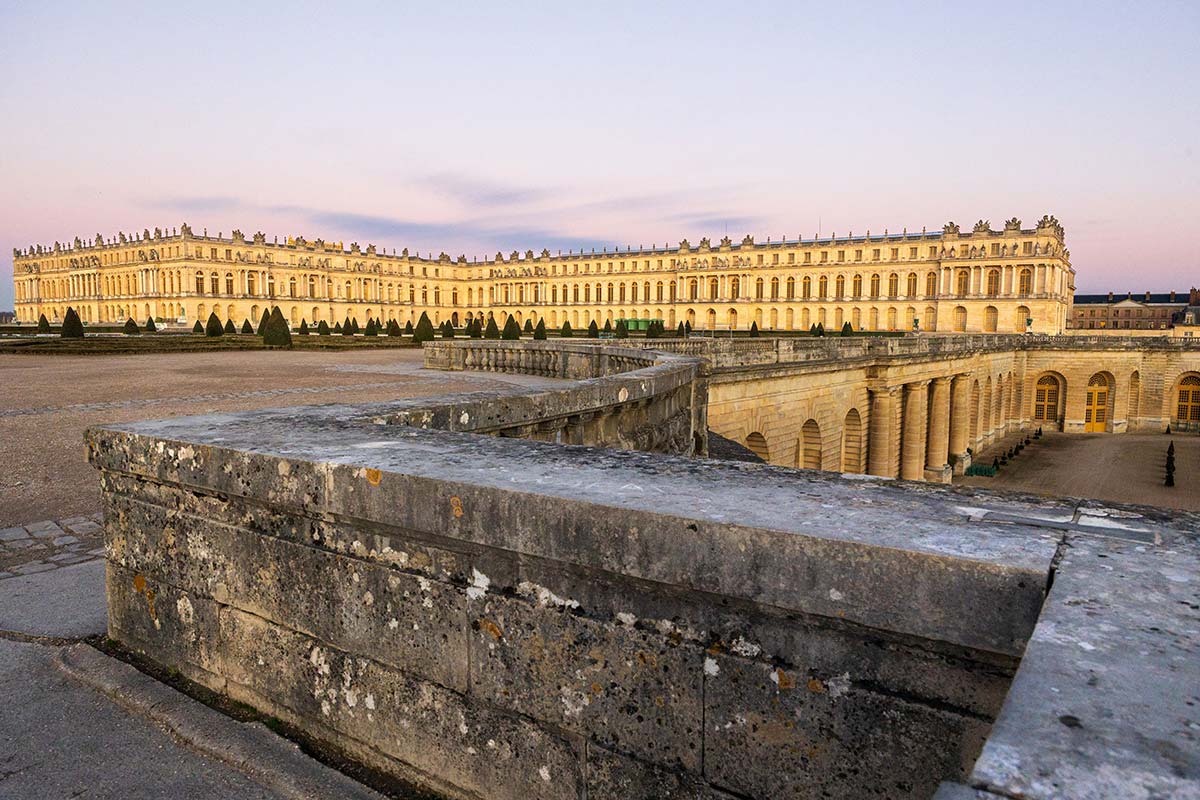We invite you to follow us on this tour around the world through the architecture of the most spectacular and striking structures in existence. Some hold records that distinguish them above all others, whilst others are known for their interesting curiosities. Let’s take a look:
Beijing International Airport in China is the world’s largest building. It covers an area of more than 1 million square metres and has a capacity of just over 100 million passengers a year.
Without leaving China, let us now look at another great structure, perhaps even more famous than the previous one: the Great Wall of China. It is a continuous structure some 21,000 km long, made up of multiple sections that were built at different times. It is said that the workers who perished during its construction were buried in the wall itself, although the veracity of a fact that no one has proven is more than debatable.
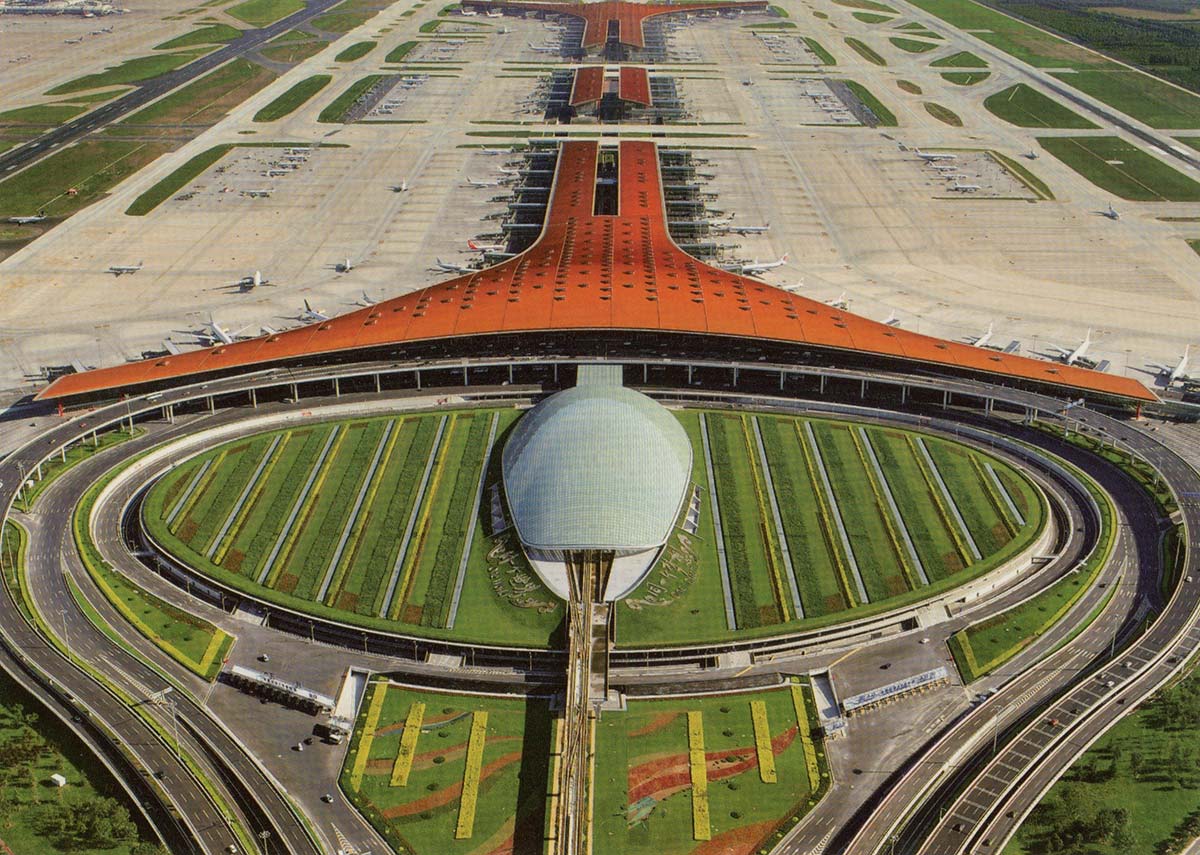
In India now, the Taj Mahal is one of the world’s most beautiful structures. The building, which was built of white marble, changes colour according to the position of the sun throughout the day. Sometimes, weather permitting, it appears pink at sunrise and golden at sunset.
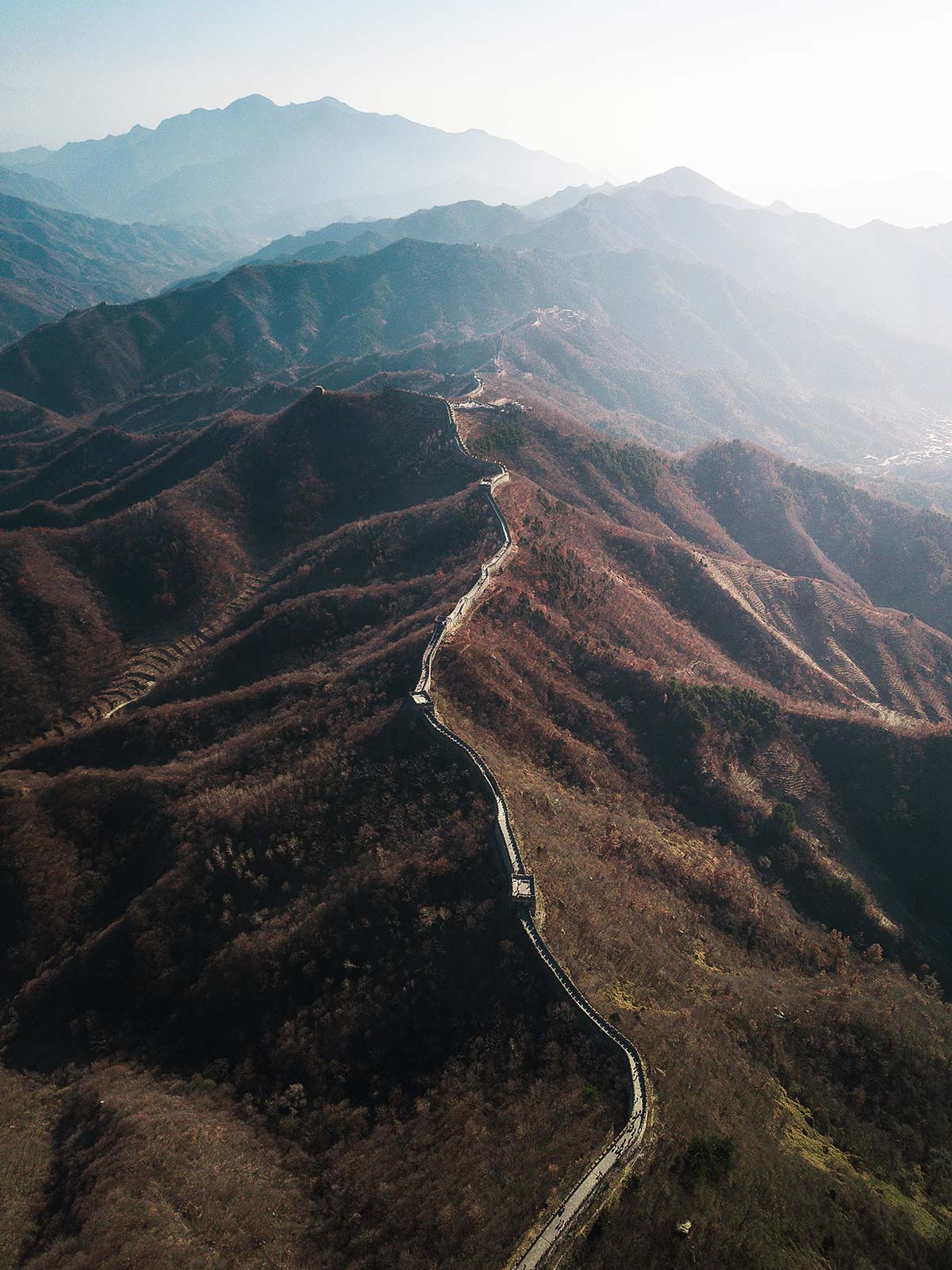
Let’s go to Italy at this stage, to visit the Roman Colosseum. It is an impressive example of the architecture and engineering of ancient Rome. It had a retractable roof made of linen cloth. On sunny days, these cloths cast shade over the spectators, and on rainy days they protected them from the water. It is estimated that more than 60,000 workers, mostly slaves, toiled on its construction, which took about 10 years!
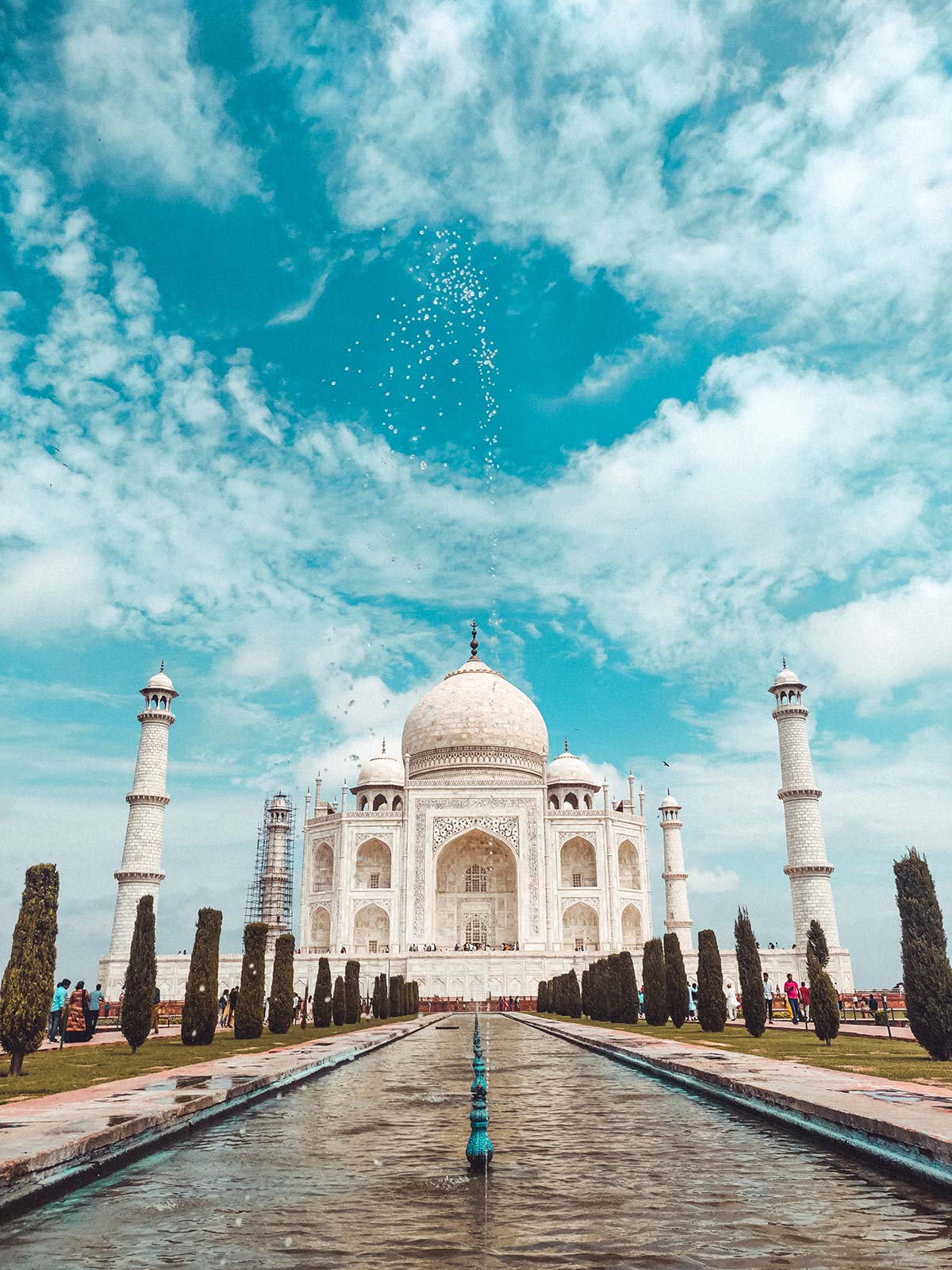
The Statue of Liberty, now in the United States, is a symbol of the country. It was designed by the Frenchman Gustave Eiffel, the same architect responsible for the Eiffel Tower, and was built in France. It was shipped to the United States in pieces, to be assembled at its current location on Liberty Island in New York.
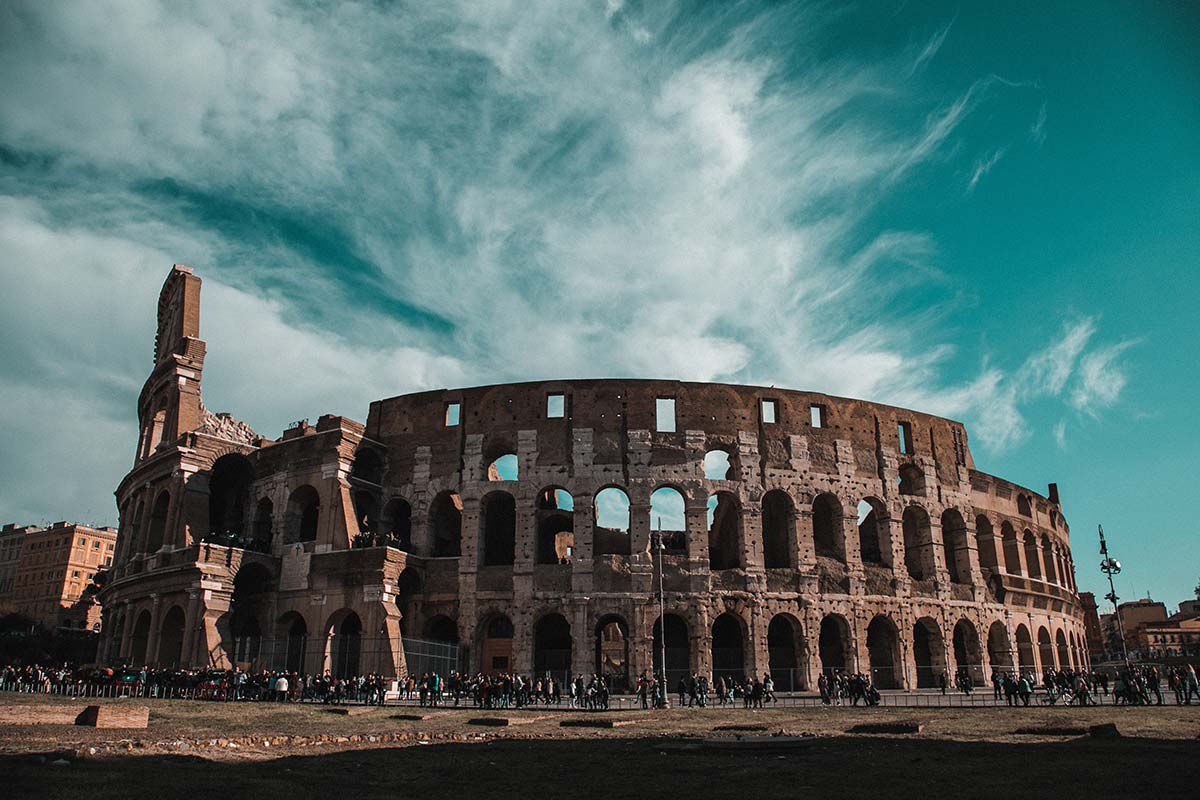
The Burj Khalifa is located in the Middle East, in Dubai. With its imposing height of 828 m, it is the tallest building in the world. In addition to its many floors, the top of the Burj Khalifa has a communications antenna. It is an architectural landmark visible from miles away.
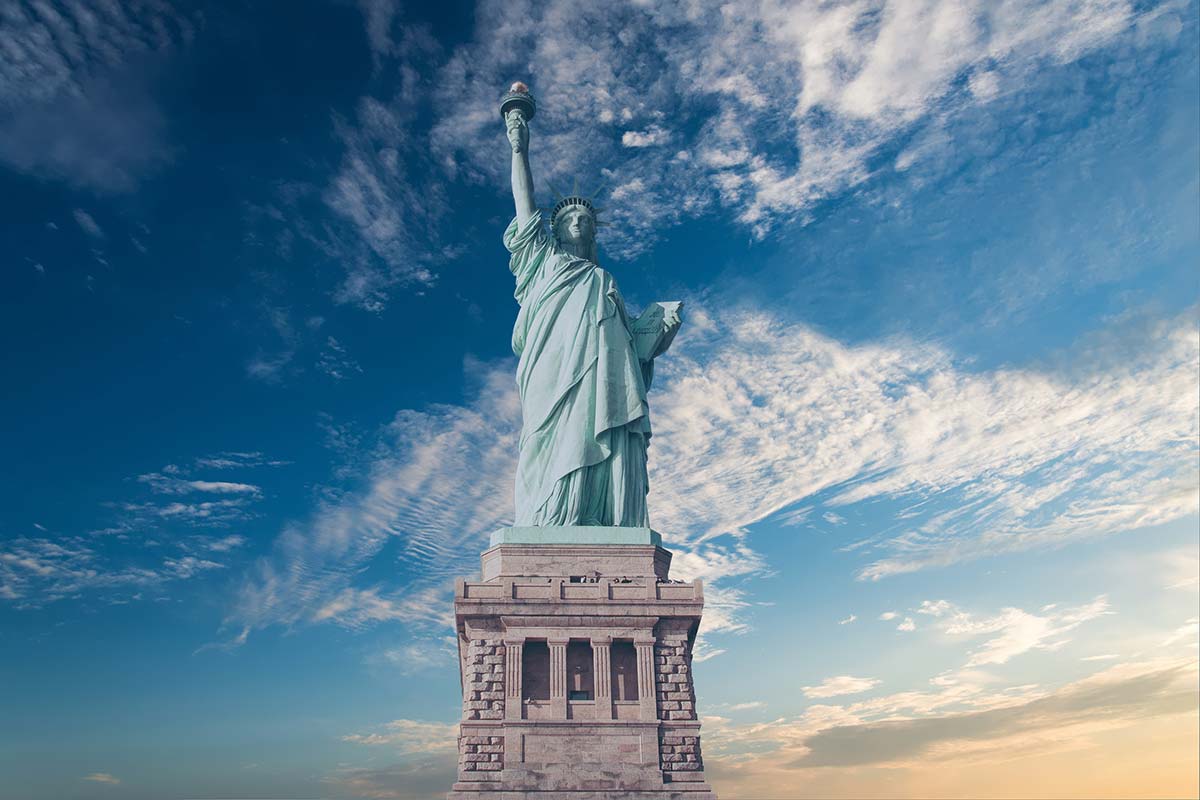
The Waterfall House, a Frank Lloyd Wright design, is located in Pennsylvania, USA, and is an extraordinary example of the integration of architecture into nature, and vice versa, as it was built over a natural waterfall. The house has terraces that seem to float in the air. The cantilevers that support them represented an innovative structural solution at the time.
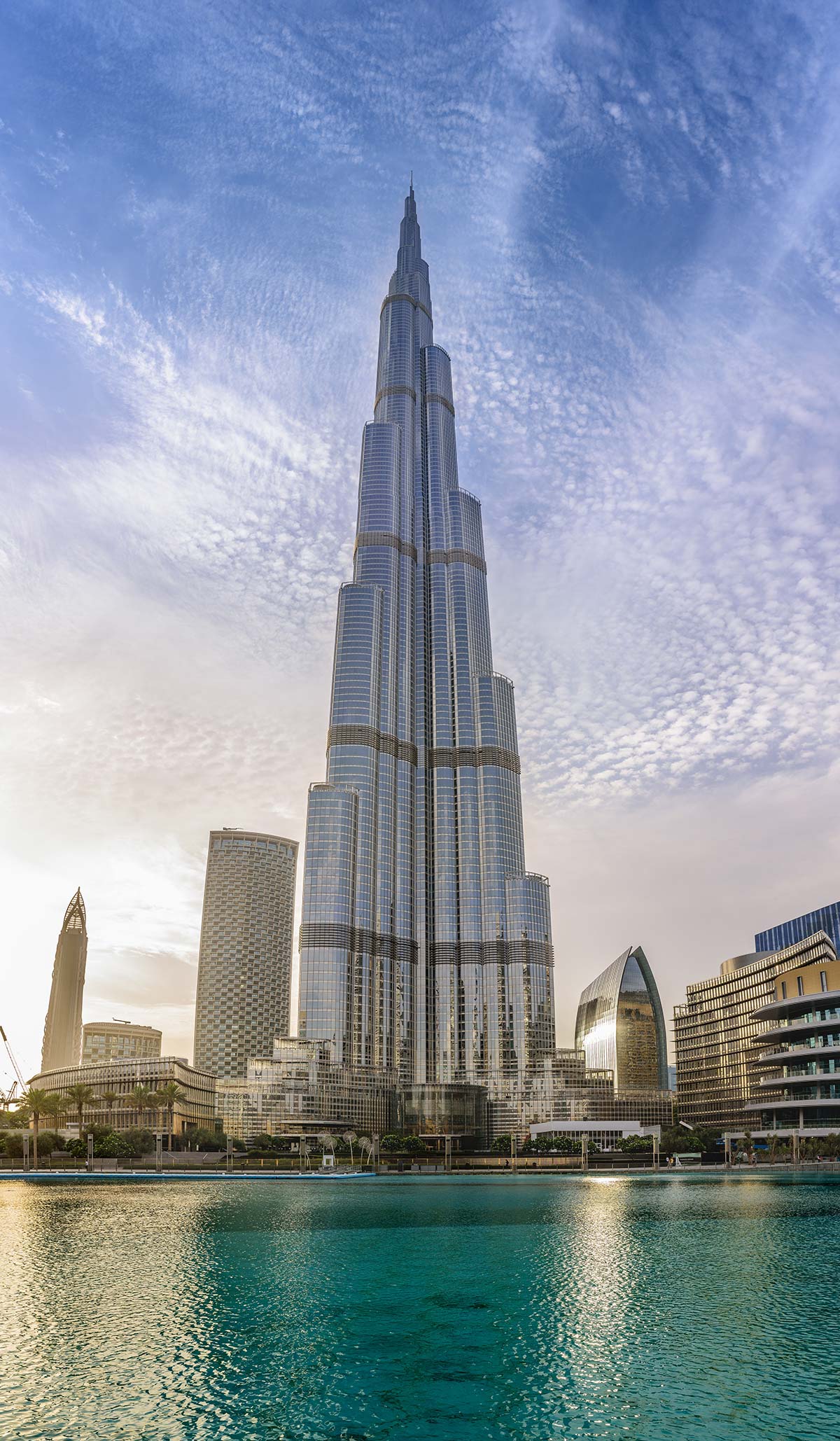
The Eiffel Tower in France was originally conceived as a temporary structure for the Universal Exhibition in Paris in 1889. Although many considered it an eyesore at the time, due to its popularity, beauty and usefulness as a telecommunications tower, the authorities eventually decided to keep it standing. Over time it has become one of the most important tourist landmarks in the world.
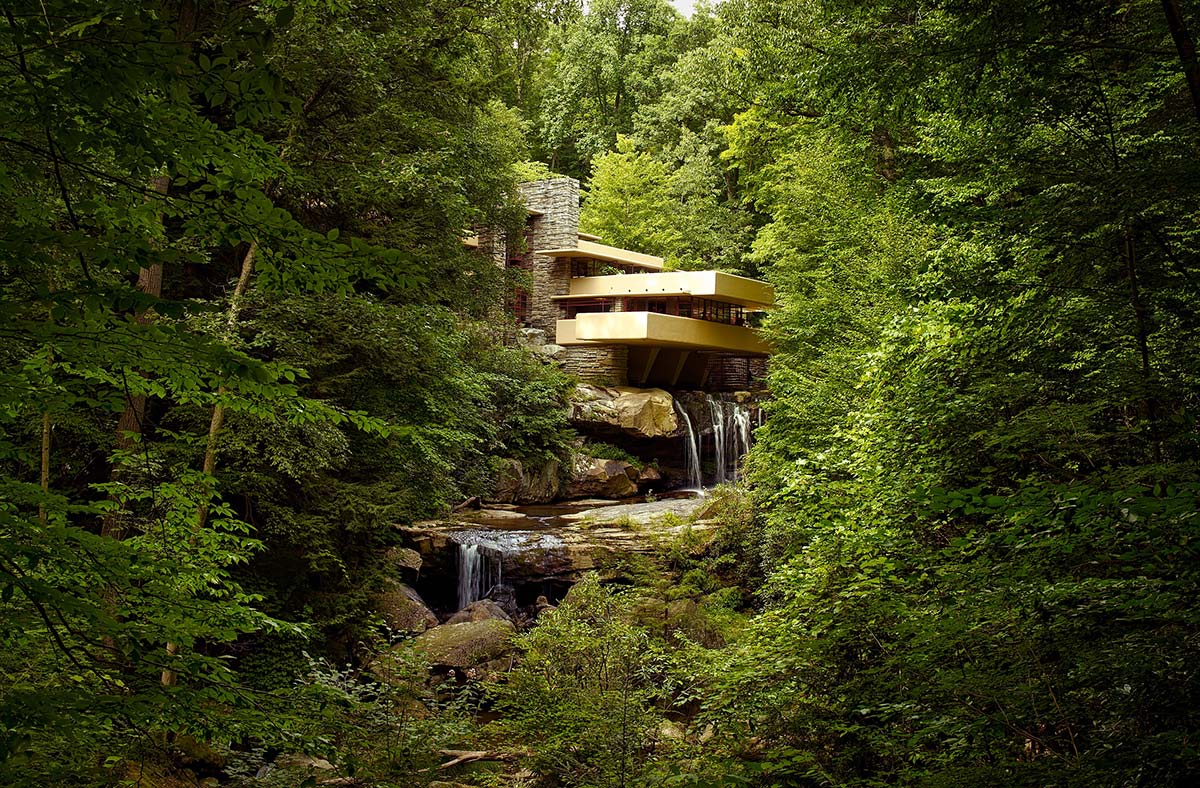
San Francisco’s iconic Golden Gate Bridge, again in the United States, is known for its distinctive red colour. However, it was originally planned with a decoration of yellow and black stripes, so as to improve its visibility in foggy conditions. Fortunately, the choice of red prevailed and has become one of the bridge’s most recognisable features.
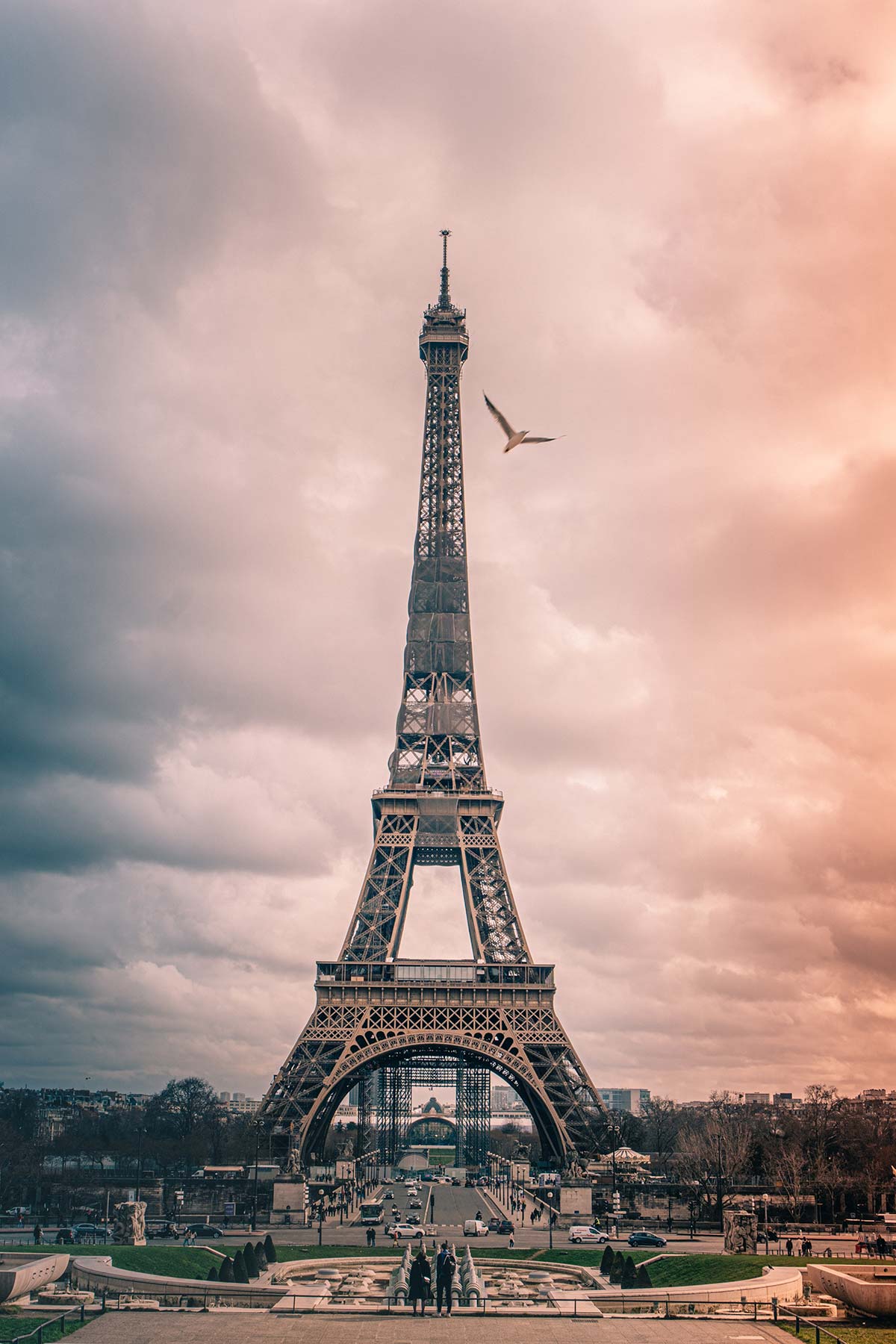
Back to France, in this case to the Palace of Versailles. This is one of the largest and most luxurious palaces in the world, with more than 2,000 windows. It began as a hunting lodge and, with time and history, was transformed into the seat of the royal household and official residence of the monarchy. The construction of the naves that make up the palace took place in different stages. It is in fact an outstanding example of Baroque architecture.
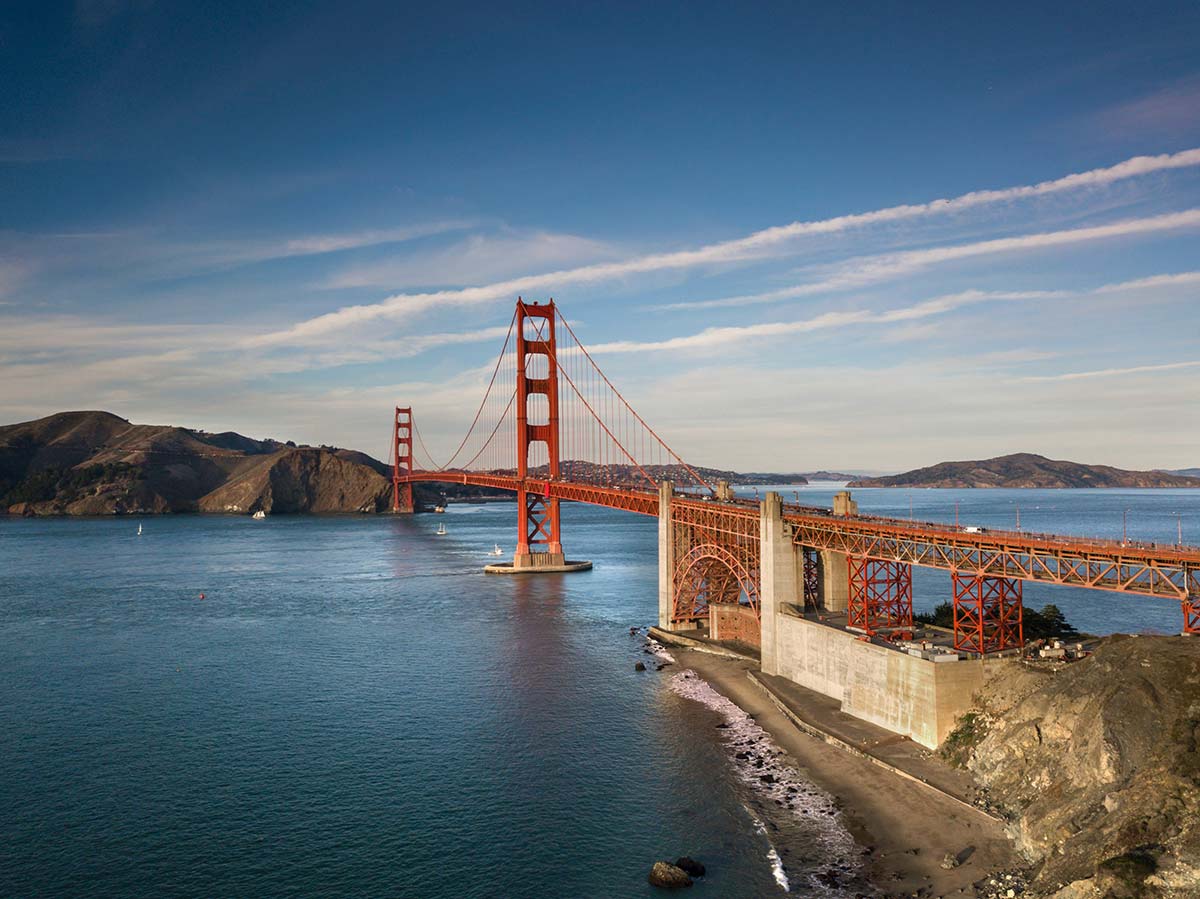
These are just some of the curiosities surrounding the world’s most famous and fascinating structures. From historic monuments to modern skyscrapers, each has its own history and unique charms. We hope you enjoyed it.
By Raúl Soriano, Senior Modeller in Amusement Logic’s Architecture Dept.
